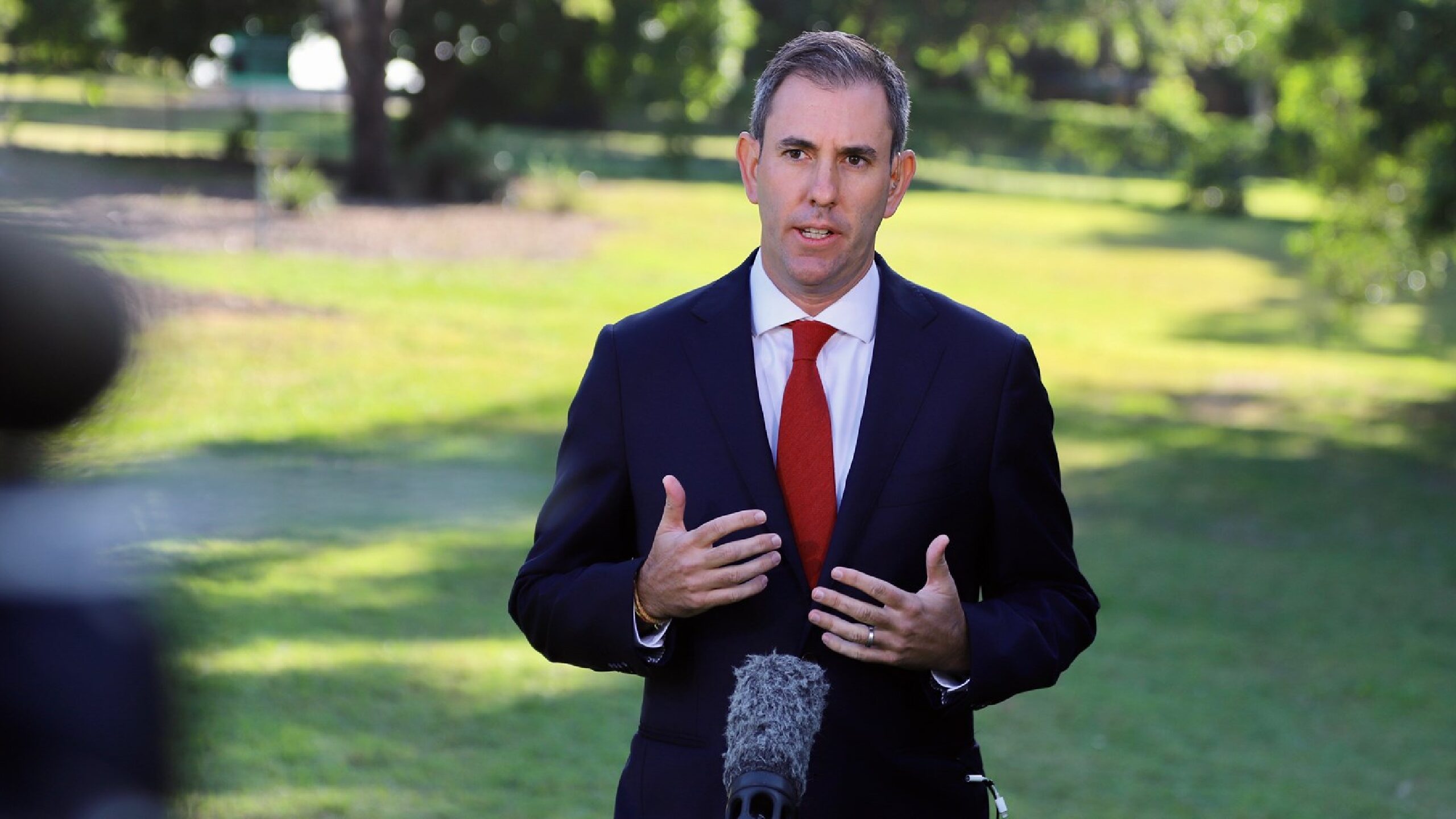With FAANG growth slowing, focus shifts to quality: Analysts
Looking at the MSCI World Index, Bell Asset Management’s Ned Bell (pictured) says just six companies – representing about 14.6 per cent of the index – have delivered 75 per cent of the returns year-to-date.
While these ‘elephants in the room’ played a major role in the equity rally in early 2023, Bell believes their performance will likely slow as the year progresses.
“The likes of Apple, Microsoft, Amazon and Alphabet are no longer growing like they were. Their growth rate is actually showing signs of levelling off,” he says.
“There are only two companies (NVIDIA and Meta) that are likely to grow by more than 10 per cent this year. Yet their multiples have expanded to 32 times earnings, which is a 25 per cent premium to their 10-year average.”
For investors, this creates some crowding and valuation risk – a problem further cemented by the fact that 55 per cent of the index is represented by just 10 names.
Although they’ve performed well in recent years, this could quickly reverse, Bell says, and investors should consider options in the global small and mid-cap (SMID) space.
“If you missed out on the growth at the end of 2021 – last year was obviously a brutal year for growth – the market is almost gifting you an opportunity now,” he says.
“Investors are able to take profit in those names and to think about allocating into different parts of the global equity cohort, such as SMID and emerging markets.”
That current valuation of the global SMID cohort is trading at a 6 per cent discount to its five-year average, Bell notes.
Quality tipped to pip growth
Over the past 40 years, quality stocks have consistently outperformed growth names whenever US inflation has been higher than 4 per cent, with only two exceptions – 1988 and 2022. On average, quality names have outperformed growth by 7.4 per cent during these years.
Bell notes that in the three years after 1988, quality outperformed by more than 10 per cent each year.
“We feel like we’re in a very similar sort of pivot moment,” he says. “At the end of the day, there’s still a lot of interest rate risk, inflation risk, and balance sheet risk out there in the markets, and that will drive more and more assets back to quality as an investment style.
“From an opportunistic perspective, we think it’s an interesting time to bring more quality into portfolios.”
China, emerging markets at inflection point
For the better part of the past 10 years, Redwheel’s John Malloy says, emerging markets have struggled to gain traction as investors allocated their capital into US venture capital and tech companies.
These sectors, alongside cryptocurrency, were among the chief beneficiaries of the extremely low interest rates that dominated the previous cycle. As central banks continue to tighten monetary policy, this trend looks to be reversing.
“We’ve been through a period of free money which benefited those assets, and we now see the results of that with regional banks failing in the US,” Malloy says.
He notes that while the greenback remained strong throughout this lower rate period, it appears to have turned and “will likely roll over” in the years ahead.
“The US will not be issuing debt, so fiscal policy is hamstrung over the next two years and we believe that Federal Reserve policy will stick at around 5-5.25 per cent.”
Emerging markets – particularly China – stand to benefit from these changing fortunes, which Malloy notes resemble the conditions following the 1980s debt crisis, when these regions did particularly well.
“We think we’re close to an inflection point right now, similar to those stages where we’ve had a period of US dollar strength – US growth assets are trading at high valuations,” he says.
Major emerging market growth drivers
Several major economic trends have placed a motor behind emerging market economies, Malloy says, with the ongoing demographics story being a significant factor.
While there’s been some concern about China’s population growth – which turned negative in 2022 for the first time since 1961 – Malloy says the bigger story is the rapid expansion seen in places like India and Africa.
Figures published by the United Nations earlier this year state that India has usurped China’s crown as the world’s most populous nation, while meanwhile populations across Africa and Latin America continue to grow.
Additionally, central banks throughout these markets are nearing the end of their rate hiking cycles, with many already easing monetary policy.
Energy, technology and materials
Perhaps the biggest driver of emerging market performance in the years ahead will come from the growing demand for green energy and new technologies, Malloy says.
Artificial Intelligence (AI) has captured both the imagination of the masses and a respectable share of investors’ wallets, all while major economies look to decarbonise their energy grids.
These dual trends share a common outcome: a lift in demand for the materials required to build underlying components. AI systems need semiconductors. Batteries and power networks need copper. And many of the companies producing these resources and components are based in emerging markets.
“Currently, the Redwheel global emerging markets portfolio holds an overweight position of approximately 10 per cent in the materials sector,” Malloy reveals. “We have a barbell of technology and materials. We’ve been digging into copper for quite some time, thinking that it’s just a matter of time until we see prices going higher.”
Return to active management
Although many SMID and emerging market names will likely benefit from these themes, those benefits won’t be enjoyed by all. Both Bell and Malloy note that active management should play an important role in investors’ portfolios, suggesting that being proactive and engaged in decision-making is essential. According to their insights, now is the time to adopt an active approach.
“Active hasn’t necessarily paid great dividends in the past five years or 10 years, but if you passively own a portfolio, you have a lot more risk in that portfolio than you did two or three years ago,” Bell says.
Malloy similarly notes that while emerging markets offer many exciting opportunities, some areas of this market remain uninvestable and adopting a passive management approach “makes absolutely no sense” when active managers can leverage their expertise, research capabilities and on-the-ground presence to identify mispriced opportunities and potentially generate alpha.”
This article was previously published in The Inside Adviser.









